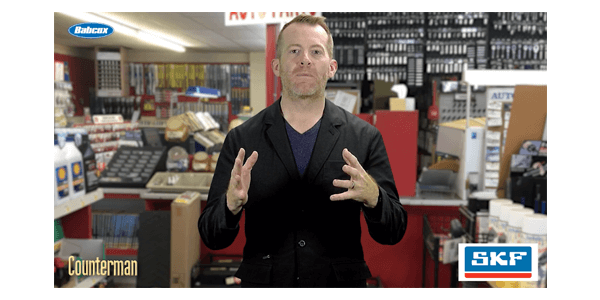So how do hub bearings affect braking safety? Hub bearings include the wheel speed sensor that controls the anti-lock braking system (ABS). This sensor sends a constant signal to the ABS control system, telling it how fast each wheel is turning. In an emergency situation, the ABS control system will determine if anti-lock braking is required.
If the ABS sensor doesn’t work properly or fails, the ABS system fails, so the quality of this sensor — how it is made and protected from damage — is critical to braking safety. And a word about traction control. You might wonder why hub bearings are critical to traction control systems? A vehicle’s traction control system uses a combination of electronic drivetrain controls in conjunction with the ABS system. Since it uses the same wheel speed sensors and components as the ABS system, it can be considered a subsystem and extension of that system. Together, anti-lock braking and the traction control system work to provide the driver with full control over the vehicle.









